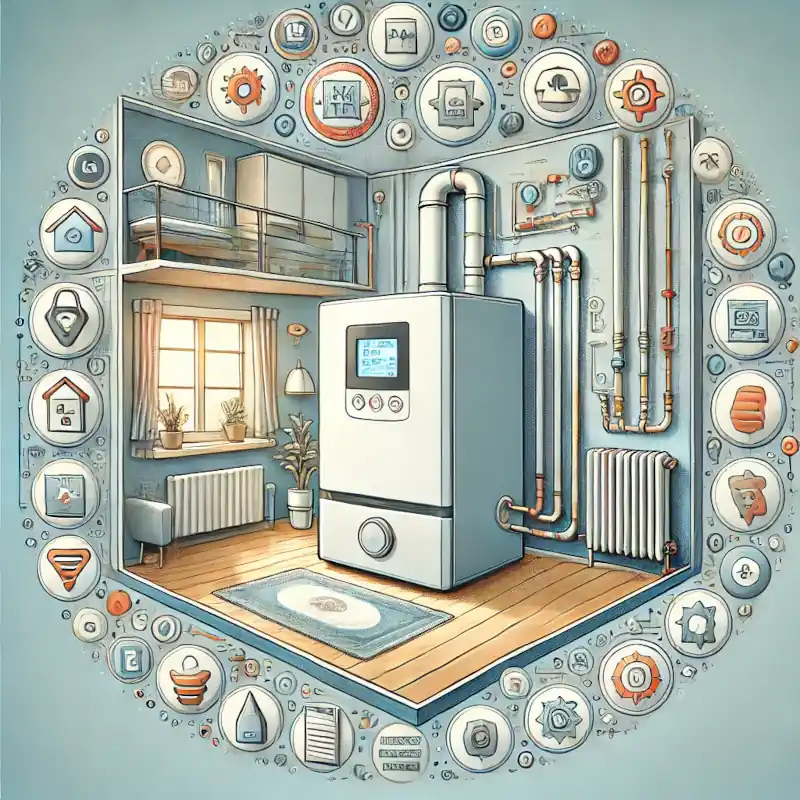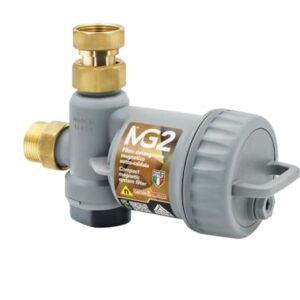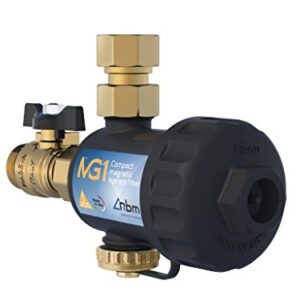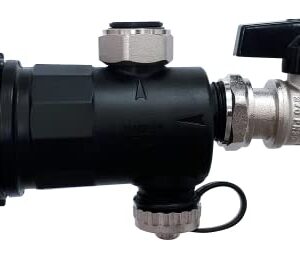Condensing Boiler Installation: Comprehensive Guide and FAQs
Are you considering a condensing boiler installation to replace your traditional open-chamber or low-efficiency sealed-chamber boiler? This upgrade not only improves energy efficiency but also offers long-term savings. While the process can seem complex, this guide will walk you through all the essential steps to ensure a smooth transition.
What are the prices of a condensing boiler?
Condensing boiler prices vary widely depending on quality and features. At trade shows, you’ll often find models with competitive prices, some focusing on sleek aesthetics and others on patented heat exchange innovations. Beware of boilers with exceptionally low prices, as they often use subpar materials that perform poorly in hard water conditions or under heavy usage by large households.
Quality matters, especially in internal components. Older boilers relied on durable materials like copper and brass, while modern designs often use plastic for groups and collectors. Cutting corners on cost could compromise reliability, so it’s essential to choose a model that balances affordability with durability.
The best condensing boilers stand out for their adaptability and efficiency. Models with tank sizes of 8, 20, and 40 liters have proven resilient in challenging conditions. For instance, Radiant condensing boilers boast up to 8 modulation levels, allowing precise control for optimal condensation and energy savings.
Changing the Flue for a Condensing Boiler
Flue lining is mandatory for condensing boilers due to their lower exhaust temperatures, which produce more water vapor. Unlike traditional boilers, condensing models use plastic pipes resistant to condensation rather than high heat. Proper installation ensures secure piping, preventing siphons and accommodating thermal expansion in colder months.
In condominiums, shared or branched flues can present significant challenges. These systems often cause draft issues for open-chamber appliances and are rarely suitable for condensing boilers without modifications. Where possible, insulated external flues are a practical solution. These shiny pipes, often visible on building exteriors, are installed during condominium renovations to support future upgrades for all residents.
Wall Discharge and Its Challenges
Wall discharge, also known as external discharge, offers a direct flue gas exit through the building’s perimeter. While convenient, it is subject to municipal regulations and can lead to complaints in shared living spaces due to visible steam production. The significant water vapor generated at condensing boiler temperatures (30–55°C) can cause disputes, especially during colder months when the steam is more noticeable. Proper planning and clear communication with your installer can help prevent conflicts and future modifications.
Do Condensing Boilers Require a Drain?
Yes, condensing boilers need a dedicated condensate drain. The slightly acidic water produced during operation must be disposed of directly into the sewer, as regulations prohibit collection or reuse. Proper installation includes ensuring a minimum slope in the drainage pipe or using neutralizers to manage acidity when discharging into gutters. This prevents long-term damage to the drainage system, protecting communal or private infrastructure.
Adopting the magnetic filter
Radiator systems naturally accumulate sludge and debris over time, particularly in cast iron radiators. Modern condensing boilers are highly efficient but feature narrow passageways susceptible to blockages. A magnetic filter is essential to protect the boiler, reduce maintenance issues, and comply with warranty requirements.
High-quality magnetic filters, such as the RBM MG2, feature integrated taps for easy maintenance without draining the system. During cleaning, the magnetic insert can be removed, and the filter’s components, including the fine metal mesh, can be washed to ensure optimal performance. Investing in a larger capacity filter minimizes frequent servicing, especially in older systems prone to producing dust and debris.
-
Defangatore magnetico MG2 tripla azione filtrante
-
Filtro Defangatore Magnetico Sottocaldaia MG1 RBM
-
Filtro defangatore magnetico 3/4″ con valvola in ottone WK
Another factor to consider is the capacity of the magnetic filter; some cheap products have very small containers. If the system releases a lot of dust, this forces the technician to visit the boiler more often, wasting a lot of time.
The magnetic filter is a must; during our tests on a dirty system, it was completely clogged in one day, considering that the system was with fan coil units.




